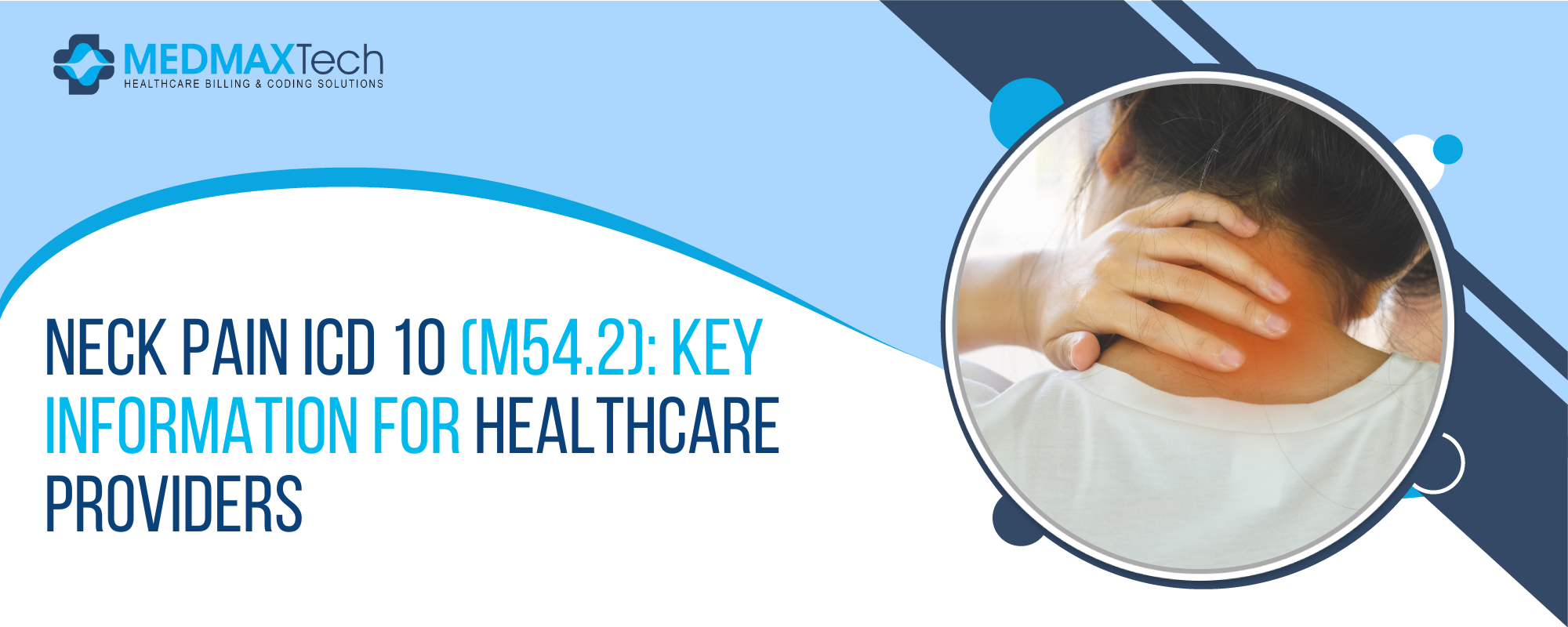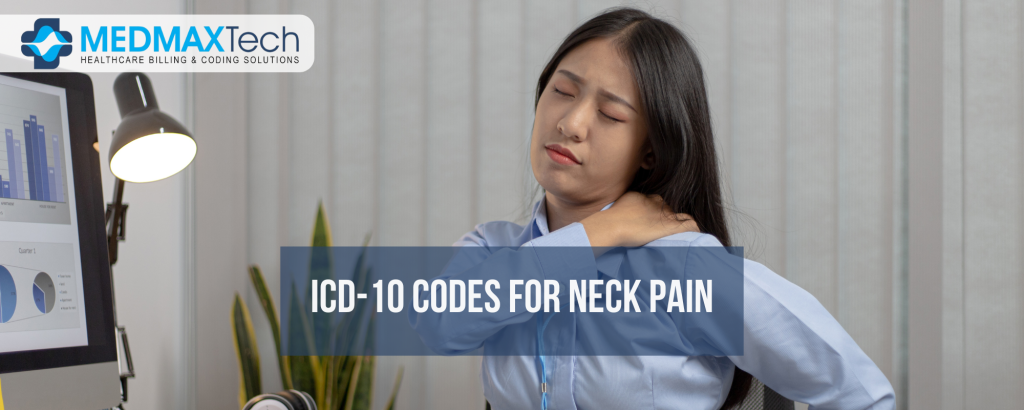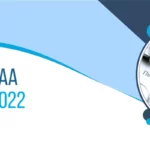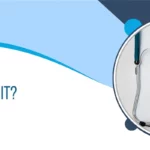
Neck Pain ICD 10 (M54.2): Key Information for Healthcare Providers
Neck pain is a common issue that affects many people and can have a serious impact on their daily lives. Properly recording it using the correct ICD-10 code is important for smooth communication between doctors and other healthcare providers. This code helps everyone involved in the patient’s care – including insurance companies – stay on the same page.
Accurately documenting neck pain also helps healthcare professionals see how common and severe it is in different groups of people. It also allows them to measure how well treatments are working and create better care plans. Using the correct neck pain ICD 10, can improve how patients are treated and how healthcare is provided overall.
Neck Pain Coding – Moving From ICD-9 to ICD-10
As the medical field shifted from ICD-9 to ICD-10 coding systems, it became important to understand how this change affects the way neck pain is diagnosed and documented. In the old ICD-9 system, neck pain was coded as 723.1, which gave only a general idea of the condition and didn’t cover all its details.
The newer ICD-10 system is much more detailed. It allows doctors to record different aspects of neck pain – like where it hurts, how bad it is, and what’s causing it. This helps them create better treatment plans and provide more accurate care.
Using ICD-10 Code for Neck Pain (Cervicalgia)
Neck pain, also called cervicalgia, is officially recorded under the ICD-10 code M54.2. This code clearly identifies neck pain, helping doctors, clinics, and insurance companies communicate more effectively and keep things running smoothly.
Common Symptoms of Neck Pain (Cervicalgia):
- Ongoing discomfort or stiffness in the neck
- Difficulty turning the head
- Pain that spreads to the shoulders or arms
- Tight muscles or spasms in the neck and upper back
- Headaches that start from neck tension
Using the M54.2 code helps improve care by making communication easier. It also allows doctors to track results and create treatment plans that are specific to the patient’s needs. Accurate use of this code leads to better care and better health outcomes.

Billable ICD-10 Codes for Neck Pain
In medical billing, it’s very important to know which ICD-10 codes can be billed and which cannot, especially for neck pain. Using the correct codes ensures healthcare providers get paid for the services they offer. Proper documentation with the right ICD-10 codes also helps make billing processes smoother.
Key Billable ICD-10 Codes for Neck Pain:
- M54.2: Cervicalgia – general neck pain
- M50.1: Cervical disc disorder with radiculopathy – disc issues affecting nerves
- M50.2: Cervical disc displacement – when discs in the neck move out of place
- G54.2: Cervical root disorders not classified elsewhere – various nerve root problems
- M53.1: Cervicobrachial syndrome – pain affecting the neck and arms
- S13.4: Sprain of cervical spine ligaments – injuries to neck ligaments
Using these codes correctly ensures that doctors are paid properly for neck pain-related care. Good documentation with billable codes makes the billing process more efficient and helps avoid payment issues.
More ICD-10 Codes for Neck Pain Beyond Disc Problems
Neck pain isn’t always caused by disc issues. Sometimes, it comes from other medical problems. That’s why it’s important to use the right ICD-10 code that matches the actual cause of the pain. This helps doctors plan treatments that really work.
Other Useful ICD-10 Codes for Neck Pain:
- M48.02: Spinal stenosis in the neck
- M47.12: Other spondylosis with spinal cord issues in the neck
- M47.13: Other spondylosis with spinal cord issues in the neck and upper back
- M47.22: Other spondylosis with nerve problems in the neck
These codes help record and bill for neck pain caused by other medical issues. By using the right code, doctors can give better care and ensure proper payment for their services.
Neck Pain ICD-10 Codes – Clinical Insights
Whether neck pain is short-term or long-lasting, ICD-10 codes help doctors describe the different types. The pain can be dull, sharp, or burning and is usually felt in the neck area. Sometimes it spreads to nearby areas like the upper back, shoulders, arms, or hands. People may also feel tingling or numbness, and it often hurts more when moving the neck, making daily life harder.
Clinical Insights:
- Acute neck pain lasts less than 3 months. Chronic neck pain lasts longer.
- Pain can be dull or sharp and is felt in the neck.
- Pain may spread to the upper back, shoulders, or hands.
- Some people feel numbness or tingling in their arms or hands.
- Neck stiffness and more pain with movement are common symptoms.
- Neck pain often leads to high treatment costs and missed work.
Neck pain affects people both physically and financially. Finding the right diagnosis and treatment is key. Healthcare providers must carefully assess and treat patients to help them feel better.
Synonyms for Neck Pain
Neck pain can go by different names in the medical world. Knowing these can help doctors record the condition correctly and provide the best care.
- Neck discomfort
- Cervicalgia
- Chronic neck pain
- Acute cervical spine pain
- Pain in cervical spine
Knowing these terms helps doctors choose the right ICD-10 code and give accurate treatment.
Conclusion
Using the right ICD-10 code is very important when documenting neck pain. It helps doctors and insurance companies understand each other and streamlines healthcare processes. The move from ICD-9 to ICD-10 made it possible to describe neck pain in more detail, helping doctors plan better treatments.
Codes like M54.2 for cervicalgia make documentation easier and more accurate. Other ICD-10 codes also help identify specific causes of neck pain and guide treatment. With accurate coding, doctors can treat patients better, reduce discomfort, and improve healthcare overall.

Jessica Collins
Jessica Collins is a Certified Professional Coder (CPC) specializing in medical billing services and revenue cycle management (RCM). She works closely with healthcare providers and medical billing companies to streamline claim processing, reduce denials, and enhance reimbursement efficiency.







